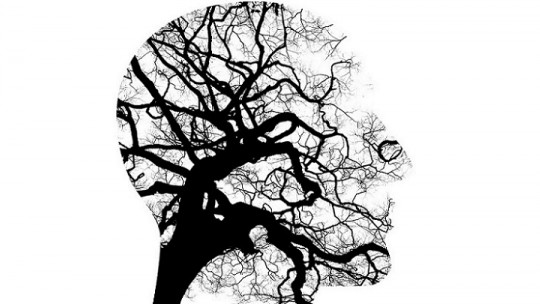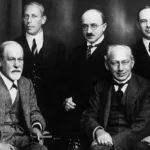
The theory of Freudian psychoanalysis is a psychological current and pseudoscience founded by Sigmund Freud, Austrian neurologist, at the end of the 19th century. As a result, new currents and therapies emerged. Here We will know one of them, supportive psychotherapy
Supportive psychotherapy is based on psychoanalysis, although it is aimed at treating a wide variety of patients and clinical conditions. One of its central elements is the therapeutic alliance. We are going to know in detail what this type of intervention consists of.
Origin of supportive psychotherapy
The therapy that Sigmund Freud initially proposed was the psychoanalytic type cure, a therapy where The patient would lie down on an armchair or couch and express mental images and ideas that passed through his mind under the instructions of the psychoanalyst. The sessions took place between 4 and 5 times a week. It was a therapy that lasted several years (practically “a lifetime”).
Subsequently, new forms of therapy emerged, the so-called psychoanalytic psychotherapies, of which there are three:
In the next lines we will see how the latter was conceived.
Characteristics
Supportive psychotherapy, as we have seen, has its roots in psychoanalysis. However, many psychotherapeutic schools, approaches and techniques currently use it.
Its area of intervention is broader than that of the other two psychoanalytic psychotherapies mentioned (as well as that of the psychoanalytic type cure). It focuses on seeking relief from the patient’s suffering and restructuring her personality.
Regarding their setting, the sessions are carried out face to face, with variable frequency and a session duration of between 30 and 60 minutes.
Applications
It is a type of intervention focused on three fundamental objectives: enable the expression of feelings, strengthen defenses and contain anxiety More specifically, it is aimed at maintaining or strengthening the patient’s adaptive defenses, so that these allow them to cope with their daily life or their situation as best as possible.
Supportive psychotherapy emphasizes mobilize the patient’s strengths to increase self-esteem Uses the patient’s adaptive defenses and coping strategies in a positive way, so that he or she can better cope with his or her life situation or crisis.
Indications
Regarding the indications for brief psychotherapy, it is not required that the patient have special psychological qualities. This differentiates it from the other two psychoanalytic psychotherapies, as well as from the psychoanalytic type cure, which require insight capacity on the part of the patient and good tolerance for frustration.
Supportive psychotherapy is usually used in a very wide range of disorders and patient typologies. The indication depends on the specific clinical situation, rather than the type of psychopathology.
It is usually considered that The more serious the crisis and the greater the fragility of the patient, the more support the patient will require ; In the same way, you will also need more support the more deteriorated or damaged your psychic structure is.
Supportive psychotherapy techniques
The techniques in supportive psychotherapy are aimed at forming a facilitating environment in therapy. This tries to provide a climate where the patient feels comfortable to freely express their worries and concerns.
Thus, the most used techniques in this type of psychotherapy are: case formulation, framing, active listening and therapeutic alliance.
1. Formulation of the case
Once the patient has been heard in detail in various interviews, their case is formulated. The case formulation consists of a set of hypotheses about the causes, precipitants, and influences that maintain the patient’s problems It is therefore a conceptualization of your case, beyond the diagnosis or psychopathology.
2. Framing
It is the conscious expression (with unconscious elements), voluntary and purposeful of the moment, place and purpose of the therapy. The setting defines who, why or for what, when, where, how and at what price patient and therapist will meet; That is, they would be the “conditions” of the therapy.
The framing structures and gives a sense of reliability to psychotherapy and the therapist
3. Active listening
Although it may seem obvious, it is about listening, but doing it with quality. Respect silences, provide elements that allow the patient to know that they are being heard, maintain eye contact, etc. In short, listen respectfully and attentively to the patient. It is an element present in any type of psychotherapy.
If adequate active listening is carried out, the patient will feel free to express their feelings, emotions, fears and conflicts in their own way.
4. Therapeutic alliance
According to Sigmund Freud, the first duty of every therapist is “to bring the patient both to the therapy itself and to the person of the therapist.” The therapeutic alliance is about the degree to which the patient experiences the relationship with the therapist as something solid and useful. to achieve your therapeutic goals
Bordin (1979) breaks down the therapeutic alliance into three elements:








